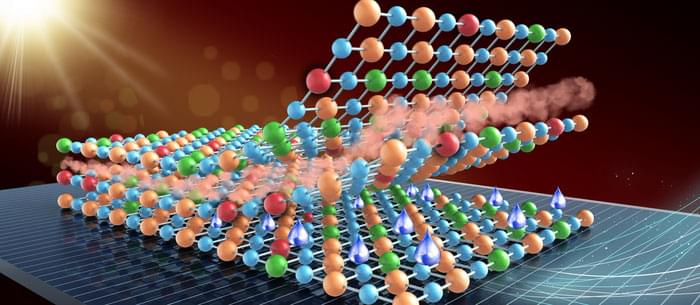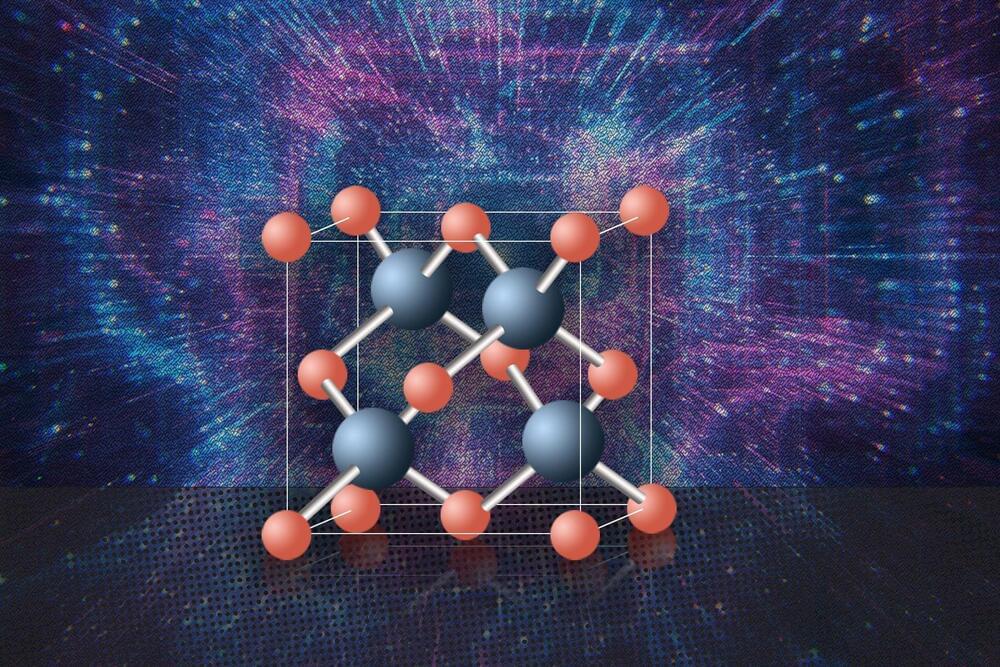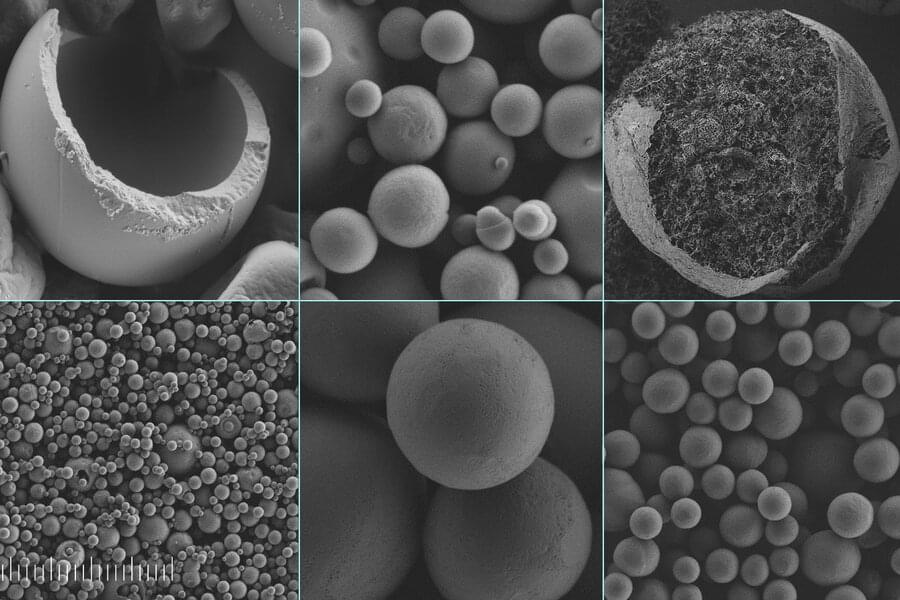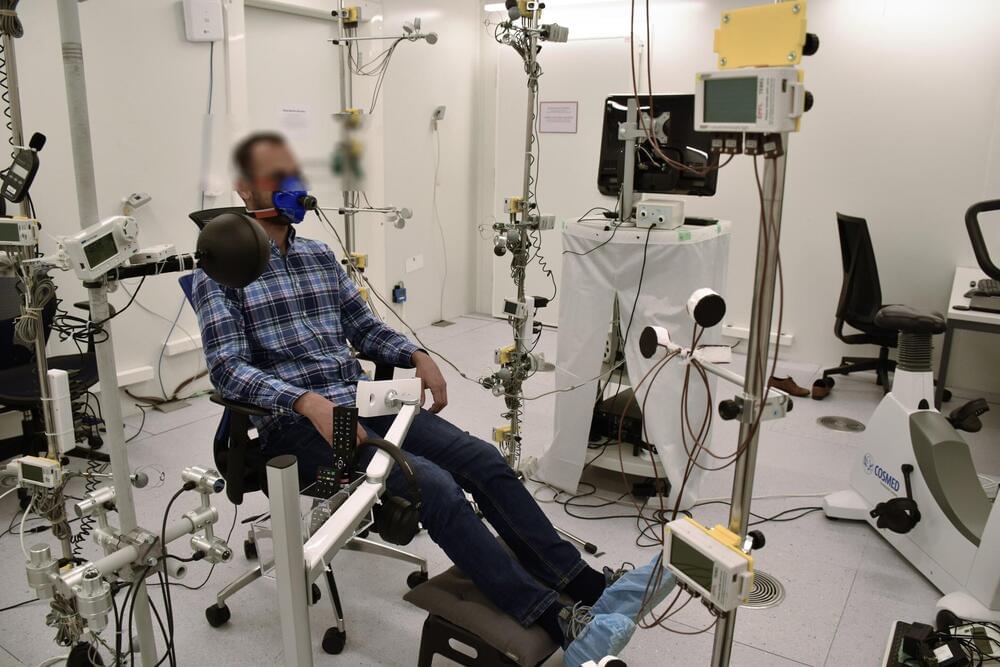A new division of Science X Network, covers the latest engineering, electronics and technology advances.



Perovskite solar cells (PSCs) are promising solar technologies. Although low-cost wet processing has shown advantages in small-area PSC fabrication, the preparation of uniform charge transport layers with thickness of several nanometers from solution for meter-sized large area products is still challenging.
Recently, a research group led by Prof. LIU Shengzhong from the Dalian Institute of Chemical Physics (DICP) of the Chinese Academy of Sciences (CAS) has developed a facile surface redox engineering (SRE) strategy for vacuum-deposited NiO x to match the slot-die-coated perovskite, and fabricated high-performance large-area perovskite submodules.
This work was published in Joule (“Surface redox engineering of vacuum-deposited NiO x for top-performance perovskite solar cells and modules”).

Researchers from MIT
MIT is an acronym for the Massachusetts Institute of Technology. It is a prestigious private research university in Cambridge, Massachusetts that was founded in 1861. It is organized into five Schools: architecture and planning; engineering; humanities, arts, and social sciences; management; and science. MIT’s impact includes many scientific breakthroughs and technological advances. Their stated goal is to make a better world through education, research, and innovation.

Microplastics, tiny particles of plastic that are now found worldwide in the air, water, and soil, are increasingly recognized as a serious pollution threat, and have been found in the bloodstream of animals and people around the world.
Some of these microplastics are intentionally added to a variety of products, including agricultural chemicals, paints, cosmetics, and detergents—amounting to an estimated 50,000 tons a year in the European Union alone, according to the European Chemicals Agency. The EU has already declared that these added, nonbiodegradable microplastics must be eliminated by 2025, so the search is on for suitable replacements, which do not currently exist.
Now, a team of scientists at MIT and elsewhere has developed a system based on silk that could provide an inexpensive and easily manufactured substitute. The new process is described in a paper in the journal Small, written by MIT postdoc Muchun Liu, MIT professor of civil and environmental engineering Benedetto Marelli, and five others at the chemical company BASF in Germany and the U.S.

It’s all about a mutation of genome. Researchers from the University of California San Diego School of Medicine have discovered a set of human gene mutations that prevent cognitive decline and dementia in older adults, according to a new study published on July 9, 2022, in the journal Molecular Biology and Evolution. The scientists focused on one of the mutated genes and traced its evolution through its appearance in the human genome.
Interesting Engineering is a cutting edge, leading community designed for all lovers of engineering, technology and science.

EPFL researchers have shown that people’s perception of office temperature can vary considerably. Personalized climate control could therefore help enhance workers’ comfort—and save energy at the same time.
Global warming means that heatwaves are becoming ever-more frequent. At the same time, we’re in a global race against the clock to reduce buildings’ energy use and carbon footprint by 2050. This has shone the spotlight on the importance of making the thermal comfort of buildings a strategic and economic priority. And this is the focus of research conducted by Dolaana Khovalyg, a tenure track assistant professor at EPFL’s School of Architecture, Civil and Environmental Engineering (ENAC) and head of the Laboratory of Integrated Comfort Engineering (ICE), which is linked to the Smart Living Lab in Fribourg.
In her latest study, published as a brief, cutting-edge report in the journal Obesity, she highlights the benefits of providing personalized thermal conditioning and heating for each office desk, rather than maintaining a standard temperature throughout an open space. Khovalyg and her team came to this conclusion after the human thermo-physiological data they collected showed that individuals display very different levels of thermal comfort under normal office conditions.

Researchers at Rice University have shown how they can hack the brains of fruit flies to make them remote controlled. The flies performed a specific action within a second of a command being sent to certain neurons in their brain.
The team started by genetically engineering the flies so that they expressed a certain heat-sensitive ion channel in some of their neurons. When this channel sensed heat, it would activate the neuron – in this case, that neuron caused the fly to spread its wings, which is a gesture they often use during mating.
The heat trigger came in the form of iron oxide nanoparticles injected into the insects’ brains. When a magnetic field is switched on nearby, those particles heat up, causing the neurons to fire and the fly to adopt the spread-wing pose.

Shockwaves caused by asteroids colliding with Earth create materials with a range of complex carbon structures, which could be used for advancing future engineering applications, according to an international study led by UCL and Hungarian scientists.
Published today in Proceedings of the National Academy of Sciences, the team of researchers has found that diamonds formed during a high-energy shock wave from an asteroid collision around 50,000 years ago have unique and exceptional properties, caused by the short-term high temperatures and extreme pressure.
The researchers say that these structures can be targeted for advanced mechanical and electronic applications, giving us the ability to design materials that are not only ultra-hard but also malleable with tunable electronic properties.

So precise.
If chemists built cars, they’d fill a factory with car parts, set it on fire, and sift from the ashes pieces that now looked vaguely car-like.
When you’re dealing with car-parts the size of atoms, this is a perfectly reasonable process. Yet chemists yearn for ways to reduce the waste and make reactions far more precise.
Chemical engineering has taken a step forward, with researchers from the University of Santiago de Compostela in Spain, the University of Regensburg in Germany, and IBM Research Europe forcing a single molecule to undergo a series of transformations with a tiny nudge of voltage.